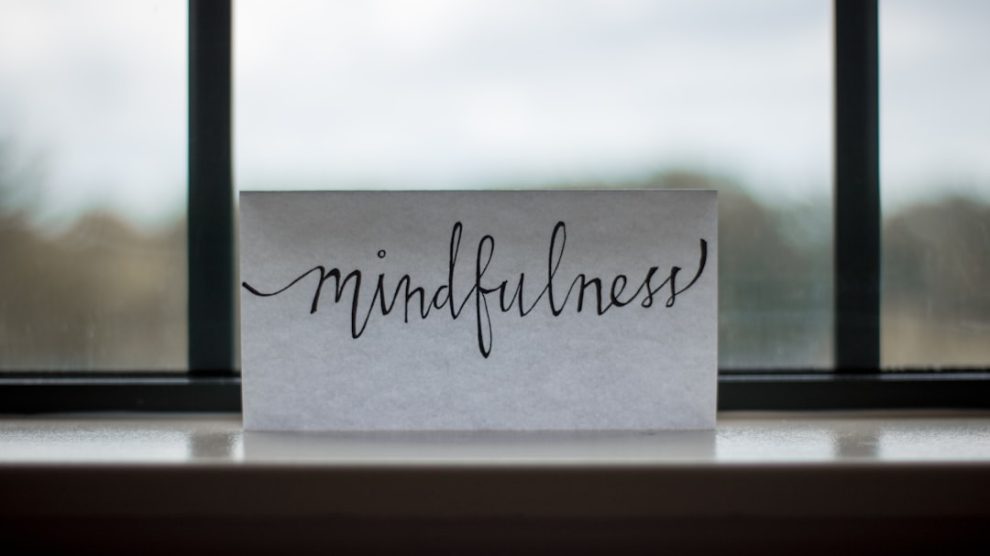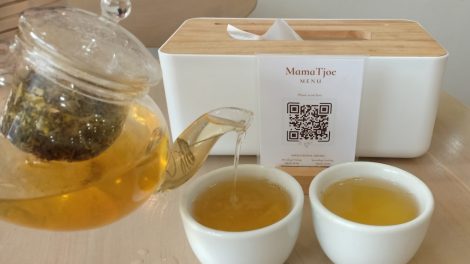As I delve into the origins of Yin Yoga and Taoism, I find myself captivated by the rich tapestry of ancient practices that have shaped these philosophies. Yin Yoga, a relatively modern practice, draws heavily from the principles of Taoism, which has its roots in ancient China. Taoism, with its emphasis on living in harmony with the Tao, or the natural way of the universe, offers a profound framework for understanding the interconnectedness of all things.
This philosophy encourages a deep respect for nature and the rhythms of life, which resonates deeply with my own experiences and aspirations for healing. The practice of Yin Yoga emerged in the late 20th century, primarily through the teachings of Paul Grilley and Sarah Powers. They sought to create a style of yoga that emphasized long-held postures, targeting the connective tissues and promoting a meditative state.
This approach aligns beautifully with Taoist principles, as it encourages practitioners to slow down, listen to their bodies, and cultivate a sense of inner stillness. By exploring these ancient practices, I have come to appreciate how they can be applied to modern healing, offering a pathway to balance and tranquility in our fast-paced lives.
Key Takeaways
- Yin Yoga and Taoism are ancient practices that offer modern healing through the cultivation of balance and harmony.
- Understanding the principles of Yin Yoga and Taoism involves finding a balance between the yin and yang energies within the body and mind.
- The benefits of Yin Yoga and Taoist practices include cultivating inner peace, harmony, and a deep mind-body connection.
- Embracing the gentle nature of Yin Yoga involves surrendering to stillness and embracing the present moment.
- Taoist philosophy plays a crucial role in Yin Yoga by encouraging practitioners to embrace the flow of life and nature for holistic healing.
Understanding the Principles of Yin Yoga and Taoism: Balancing Yin and Yang Energies
In my journey through Yin Yoga and Taoism, I have come to understand the fundamental concept of yin and yang energies. These two opposing yet complementary forces are central to both practices. Yin represents qualities such as stillness, receptivity, and introspection, while yang embodies action, dynamism, and outward expression.
As I explore these energies within myself, I realize that achieving balance between them is essential for overall well-being. Yin Yoga invites me to embrace the yin aspects of my being by encouraging me to slow down and connect with my inner self. The long-held postures allow me to cultivate patience and acceptance, fostering a deeper awareness of my body and mind.
In contrast, Taoism teaches me that life is a constant dance between yin and yang. By recognizing the ebb and flow of these energies in my daily life, I can navigate challenges with grace and resilience. This understanding has transformed my approach to both yoga and life, reminding me that balance is not a static state but a dynamic process that requires ongoing attention and adjustment.
The Benefits of Yin Yoga and Taoist Practices: Cultivating Inner Peace and Harmony

As I immerse myself in Yin Yoga and Taoist practices, I have experienced a profound shift in my sense of inner peace and harmony. The gentle nature of Yin Yoga allows me to release tension stored in my body while fostering a meditative state that calms my mind. Each session becomes an opportunity for self-discovery, as I learn to listen to my body’s needs and honor its wisdom.
This practice has not only improved my physical flexibility but has also nurtured my emotional resilience. Taoist practices further enhance this journey toward inner peace by encouraging me to align with the natural rhythms of life. Through meditation, breathwork, and mindfulness, I cultivate a deeper connection to myself and the world around me.
The teachings of Taoism remind me that harmony is found in acceptance—accepting both the light and dark aspects of life. This holistic approach has empowered me to navigate stressors with greater ease, fostering a sense of tranquility that permeates all areas of my life.
Exploring the Gentle Nature of Yin Yoga: Embracing Stillness and Surrender
One of the most beautiful aspects of Yin Yoga is its gentle nature, which invites me to embrace stillness and surrender. In a world that often glorifies busyness and productivity, I find solace in the practice’s emphasis on slowing down. Each pose is an invitation to let go of tension and expectations, allowing me to sink into a state of deep relaxation.
This stillness is not merely physical; it extends to my mind and spirit as well. As I hold each posture for an extended period, I am reminded of the importance of surrendering to the present moment. This practice teaches me that true strength lies not in forcing or striving but in allowing myself to be vulnerable and open.
In this space of surrender, I discover a profound sense of freedom—a liberation from the constant chatter of my mind. Embracing stillness has become a refuge for me, providing clarity amidst chaos and nurturing a deeper connection to my inner self.
The Role of Taoist Philosophy in Yin Yoga: Embracing the Flow of Life and Nature
Taoist philosophy plays a pivotal role in shaping my understanding of Yin Yoga as I learn to embrace the flow of life and nature. The concept of wu wei, or effortless action, resonates deeply with me as I navigate both my yoga practice and daily life. Instead of forcing outcomes or resisting change, I am encouraged to align with the natural flow of events.
This principle invites me to trust in the process rather than cling to rigid expectations. Incorporating this philosophy into my Yin Yoga practice allows me to approach each session with an open heart and mind. Rather than striving for perfection in my poses, I focus on cultivating awareness and acceptance.
This shift in perspective has transformed my relationship with yoga; it is no longer about achieving specific goals but rather about honoring my body’s unique journey. By embracing the flow of life through Taoist teachings, I find greater ease in navigating challenges both on and off the mat.
Yin Yoga and Taoism: Nurturing the Mind-Body Connection for Deep Healing

The integration of Yin Yoga and Taoism has profoundly nurtured my mind-body connection, facilitating deep healing on multiple levels. As I engage in long-held postures, I become acutely aware of how emotions manifest physically within me. This awareness allows me to release pent-up tension and trauma stored in my body, creating space for healing energy to flow freely.
The gentle nature of Yin Yoga encourages me to explore these sensations without judgment, fostering a compassionate relationship with myself. Taoist principles further enhance this healing journey by emphasizing the importance of balance within the body’s energy systems. Through practices such as qigong and meditation, I learn to cultivate vital energy (qi) within myself.
This holistic approach not only supports physical health but also nurtures emotional well-being. By honoring both my physical sensations and emotional experiences, I create a harmonious environment for healing to occur—a process that feels both empowering and transformative.
Incorporating Taoist Principles into Your Yin Yoga Practice: Cultivating Balance and Alignment
Incorporating Taoist principles into my Yin Yoga practice has been a transformative experience that cultivates balance and alignment within me. One key aspect is the emphasis on mindfulness—being fully present in each moment allows me to connect deeply with my body’s sensations during practice. By focusing on my breath and observing my thoughts without attachment, I create a space for self-discovery that enhances both my physical practice and mental clarity.
Another important principle is the idea of cyclical living—recognizing that life flows in cycles just like nature itself. This understanding encourages me to honor seasonal changes within my practice; for instance, during winter months when energy may feel lower, I can embrace restorative poses that nurture introspection rather than pushing myself too hard. By aligning my practice with these natural rhythms, I cultivate a sense of harmony that extends beyond the mat into all aspects of my life.
The Integration of Yin Yoga and Taoism into Daily Life: Embracing a Holistic Approach to Health and Well-being
As I integrate Yin Yoga and Taoist principles into my daily life, I find myself embracing a holistic approach to health and well-being that nourishes every aspect of my being. This journey has taught me that self-care is not merely an occasional practice but rather an ongoing commitment to nurturing myself physically, emotionally, mentally, and spiritually. By prioritizing moments of stillness amidst the busyness of life—whether through meditation or simply taking time to breathe—I cultivate resilience against stressors.
Moreover, embracing the interconnectedness emphasized by both Yin Yoga and Taoism inspires me to foster meaningful relationships with others while respecting nature’s rhythms. Whether it’s spending time outdoors or engaging in mindful conversations with loved ones, I recognize that true well-being encompasses not only individual health but also our collective connection to one another and the world around us. This holistic perspective empowers me to live authentically while honoring both my own needs and those of others—a beautiful dance that reflects the essence of Yin Yoga and Taoist philosophy.
In conclusion, exploring the origins, principles, benefits, gentle nature, philosophical underpinnings, mind-body connection nurtured by Yin Yoga alongside Taoism has profoundly enriched my life journey toward healing and balance. By incorporating these ancient practices into modern living—embracing stillness amidst chaos while honoring natural rhythms—I cultivate a deeper sense of peace within myself while fostering harmony with others around me.









Add Comment